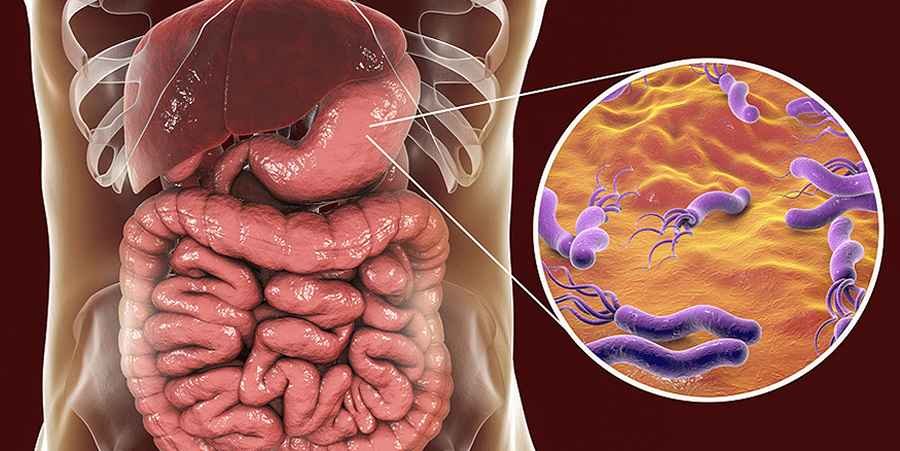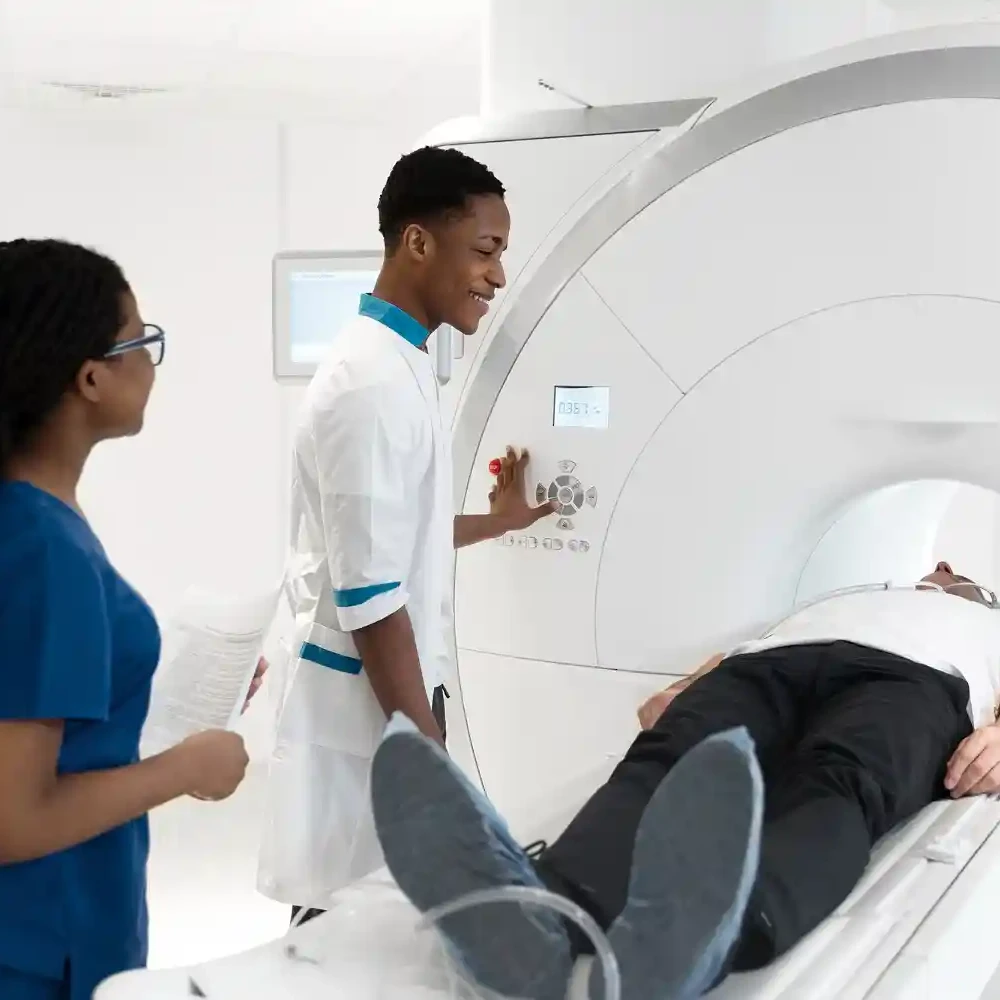Have you noticed that there is a general increase in the number of people who come down with peptic ulcers?
Ever wondered why?
Well, I did when I came down with a very terrible ulcer in 2007.
Not only was the ulcer very severe, but I had been struggling with lactose intolerance for most of my life, so the combination of these two was something I wouldn’t wish on anyone.
I was so shocked because then I was of the school of thought that people only develop ulcers when they eat very spicy foods or when they don’t eat regularly or on time.
But trust me, I made sure I wasn’t found wanting because I had seen two of my cousins struggle with it, and I didn’t want that to be my fate, but I had it anyway.
Fast forward to my appointment at the hospital, and I was surprised when the attending doctor ordered a urea and hydrogen breath test to be carried out.
I was just expecting the doctor to tell me what to avoid and prescribe drugs, but that visit to the hospital changed my mindset and enlightened me.
He said the reason I needed the test was because we are trying to detect a bacterium called Helicobacter pylori, which is responsible for 80–90% of peptic ulcers in human beings across the world.
What is Helicobacter pylori?

Helicobacter pylori are bacteria that gain entrance into a person’s body through food, water, and utensils into the digestive tract and live there.
After years of living in the digestive tract of an individual, they can cause sores, usually known as ulcers, in the lining of the stomach or the upper part of the small intestine.
How does Helicobacter pylori affect your health?
Helicobacter pylori gets access to your digestive tract via water, food utensils, or even the saliva of a person who has H. pylori.
It tends to stay in the body for a long time before showing any signs or symptoms.
It causes damage to your stomach lining, which is responsible for protecting you against gastric acids.
Once the damage has been caused by H. pylori, sores are formed, which could lead to bleeds, infections, or stomach cancer in more serious cases.
Diagnosis of Helicobacter Pylori

Getting a diagnosis is very important, as ulcers can also be caused by certain medications.
To treat ulcers, it is important to determine the root cause of the ulcer so that adequate treatment can be administered.
Several tests can be used to diagnose Helicobacter pylori, including
- Blood or stool test
- Urea Breath Test
- Upper Gastrointestinal Endoscopy
- CT Scans
1. A blood or stool test
The Blood or stool test is usually done to detect the presence of H.pylori in the blood or stool sample
A sample of your blood or stool is collected, and then it is tested for the presence of Helicobacter pylori.
If these organisms are found in your blood or stool sample, then there is a possibility that your ulcer was caused by these organisms
2. Urea Breath Test
The Urea Breath Test is usually done to determine the presence of H. Pylori because H. pylori usually changes the urea present in your body to CO2, therefore causing an increase in the normal level of CO2 in the body
This is a test that requires you to take a liquid substance called urea, after which you are required to breathe in a bag.
The bag is then taken to the lab to be tested for levels of carbon dioxide.
Possible outcomes of the test may be higher than normal levels of C02, indicating the presence of H. pylori, or normal levels of CO2, indicating the absence of H. pylori.
3. Upper Gastrointestinal Endoscopy
This is a procedure in which a camera is passed into your gastrointestinal tract using an endoscope.
The aim is to be able to see what’s happening in the lining of your upper GI tract.
To begin the process, a slight sedative would usually be given to you to enable you to feel relaxed, and then the endoscope containing the camera is passed to view the esophagus, stomach, intestine, and duodenum.
GI endoscopy is a very powerful procedure as it can be used to diagnose various diseases such as cancer, gastrointestinal reflux disease (GERD), and ulcers.
It also helps to find the cause of some of the symptoms you may be feeling, such as nausea, difficulty in breathing, bleeding persistent heartburn, etc.
4. CT Scans
This procedure is used to give a detailed picture of the insides of your body.
The procedure requires you to lie on a table that slides into a tunnel-shaped device that takes the X-rays.
After which, it is interpreted by a radiologist.
The possible outcome of the test is that a peptic ulcer that has created a hole in the wall of your stomach or small intestine may be diagnosed.
Isioma Enuonye
Isioma is a graduate of Babcock University, where she bagged a degree in Microbiology she is a Content writer, Digital Marketing Executive as well as a Social Media Manager with over 5 years of experience in this field. She is passionate about writing and digital marketing.



